AVM explains connection types: Cable
AVM Content
DSL, mobile, cable and fiber optics: FRITZ!Box runs on every connection. But what are the differences between the individual connection types? This guide series provides you with an overview. In this article we take a deep dive into cable internet.

From cable TV to high-speed internet
In Germany, the cable network established from the mid-1980s on by the federal post office and predecessor of Deutsche Telekom, Deutsche Bundespost, was originally only for cable TV. The signals went in one direction: from the television station to the viewer's home. A return channel was not necessary, but it is needed for internet and telephony via cable. After all, customers send data such as emails, or voice data when making calls.
Expanding infrastructure therefore became necessary. For this to happen, the first step was to extend the cable connections for the applicable households so that they were capable of receiving return channels. The resulting supply route from provider to customer is divided into four steps.
The four network levels
The television signals arrive in the master headends (1) either via satellite or fiber optics directly from the television stations. At the headends (2), the signals are carried via CMTS (Cable Modem Termination System). The headend stations are in turn connected to street-side distributors (3), which forward the cable network to the individual receiver points into the respective streets. Amplifier points amplify these signals before they are distributed to the individual households at the house transfer point (4). Because of this last specific breakdown, it may be that the company responsible for the cable network on street level is different from the one that supplies the individual households.
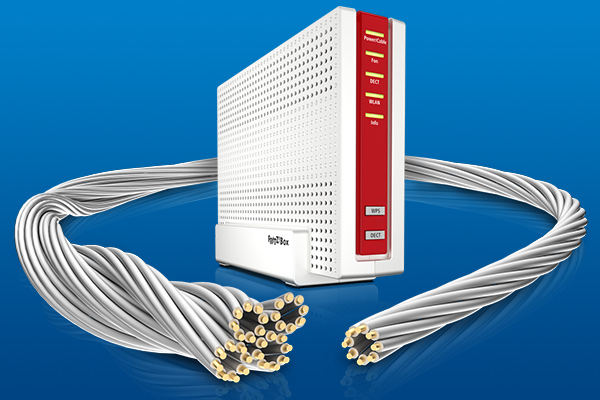
DOCSIS, the international standard for cable transmission
The standard for cable networks is DOCSIS. It is a standard that permits data transfer in cable networks. DOCSIS was originally developed by CableLabs, a research and development association of several cable operators that wanted to make the cable TV network internet-capable, and released in 1997 With the DOCSIS standard, it was now possible to provide internet access via cable networks.
|
DOCSIS 1.0 |
With the first version of DOCSIS, one channel was available for download and one for upload. |
|
DOCSIS 2.0 |
The enhancement uses wider frequency channels and an improved modulation standard. This increases the data rate for the upload. |
|
DOCSIS 3.0 |
In contrast to previous versions, several channels can be bundled for parallel upload and download. This means that up to 1760 Mbit/s can be achieved in the download and 240 Mbit/s in the upload. |
|
DOCSIS 3.1 |
This version promises the prospect of even more speed thanks to new modulation standards and error-correcting algorithms. This enables speeds of several gigabits. |
The actual data is forwarded from here via IP. Voice data is also transmitted via IP, with its prioritization (Quality of Service) ensuring a suitable level of service when it comes to phone calls.
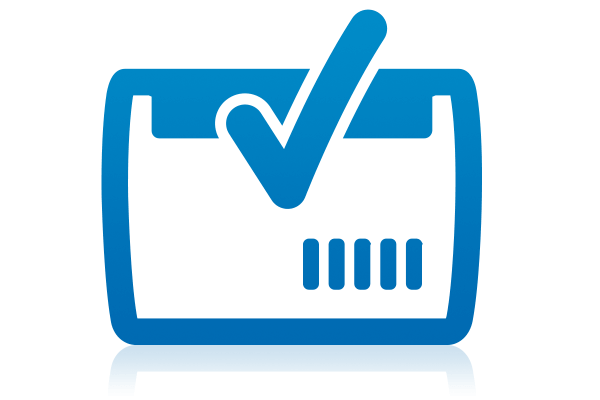
Router freedom
Router freedom has been in effect in Germany since August 2016, which means that there is also free choice of terminal device on cable connections, such as the FRITZ!Box 6660 Cable. Click here for the latest information on router freedom and getting FRITZ!Box set up.


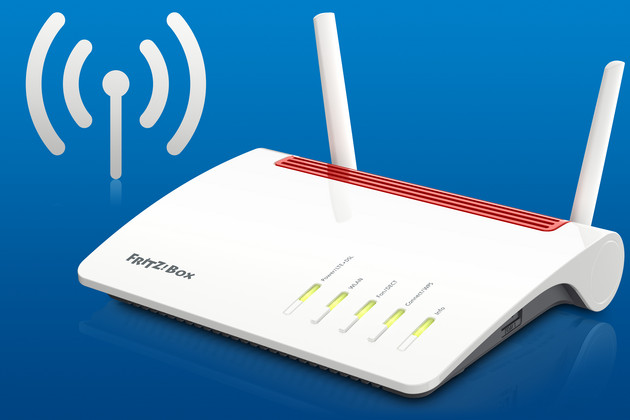
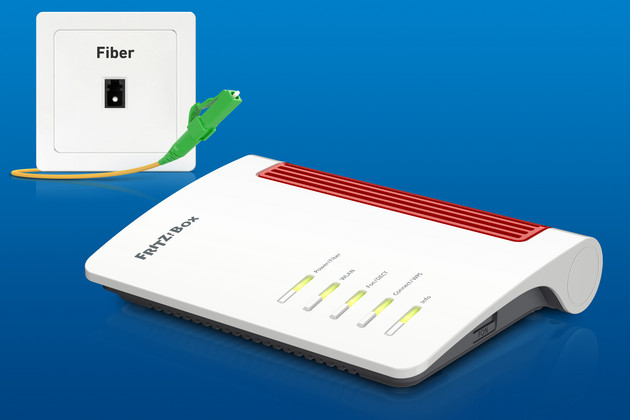
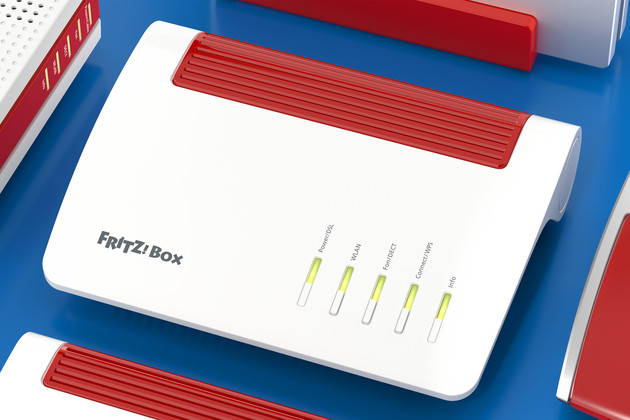
 Deutschland
Deutschland International (English)
International (English) België (Nederlands)
België (Nederlands) Luxemburg (Deutsch)
Luxemburg (Deutsch)